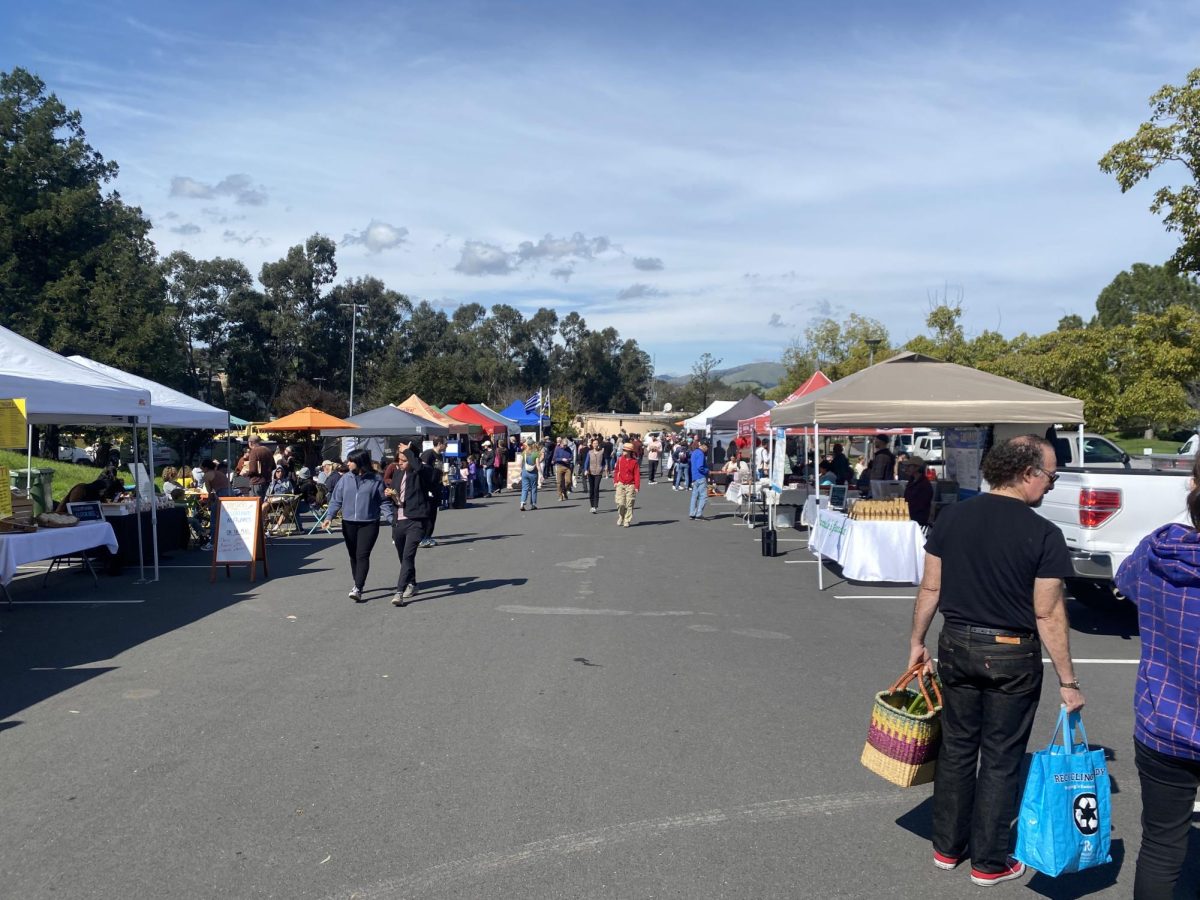As students in Marin County, we are all too familiar with destinations such as the Rainbow Tunnel, the Golden Gate Bridge and, of course, Redwood High School. Marin resident John Brooks’ nonfiction novel, “The Girl Behind the Door,” follows the life of his adopted daughter, Casey, and the consequences of her unknown childhood trauma.
Casey attended Redwood High School and worked to juggle her personal life and college applications while also dealing with a personal inner struggle. However, Casey’s obstacle was unique, and was the consequence of an attachment disorder that developed—unbeknownst to her adoptive parents—during her infancy in an orphanage due to her birth mother’s early abandonment of her.
Casey’s battle ended on a cold foggy day in late January of 2008. She took her parent’s car, drove through the Rainbow Tunnel, and at 6:40 a.m. contemplated for 15 seconds before stepping off the four foot ledge of the Golden Gate Bridge. The sea became the Brooks’ 17-year-old daughter’s final resting place.
Brooks manages to weave a detailed and compelling narrative that progressively pieces together the reasons behind Casey’s fatal decision. He not only creates an enticing description of his daughter’s struggles in life but also speaks in a shockingly clarifying and truthful manner about the hardships of parenting and the all-too-real struggle that teens face today when it comes to stress and mental instability.
It is Brooks’ transparent and straightforward retelling of his daughter’s life that allows readers to anticipate each page to come. With every new story about how his daughter ran into her bedroom slamming the door in the face of offers of help or love, the reader begins to feel as if they, too, experienced the ups and downs that were Casey’s life.
Brooks’ manipulation of dialogue and description make the words come off the page in a revealing way that books rarely achieve. The screeching cries of anguish from Casey’s room echo in readers’ ears and the inner thoughts of Brooks become one with their own as Casey’s life and that of her parents becomes a personal investment. Readers may carry this story with them far after the book is closed as the impactful issue of teen suicide and teen mental issues resonates.

However, it is not the dialogue and description alone that form a connection between the story of Casey and the readers. In every story of Casey’s life lies a connection with Marin teenagers today, and especially parents, as the stories are recounted from a father’s perspective.
Readers can recall their own adventures at the San Francisco ice skating rink as Brooks describes his and Casey’s experience. The Lark theater swims before our eyes as Casey attends a therapy session across the street from the local destination. Some readers may even drive by the Tiburon street that she once walked by on her way home. Above all, readers can connect with a former Redwood student who once walked the same halls and sat in the same classrooms.
I implore all students and parents to read Casey’s story. She reminds us that of the students we walk past in the halls––maybe accidentally brushing shoulders––each have a story. Some may have lost a family member too soon, others may struggle at home with a bad family situation, and parents may not know how to help their children.
Brooks’ story of his daughter acts as a guide in some ways, capturing the importance of taking care of ourselves and building our family relationships to be fortifying in the face of unique challenges that every student at Redwood faces.
Furthermore, “The Girl Behind the Door” highlights that no family is perfect nor parent is perfect. We all make mistakes, but at the end of the day, Brooks has taught us that we all struggle with demons and that though we may stay behind closed doors, we all want to be saved, as did Casey.
Sat. June 11 at 7 pm, John Brooks will speak on his memoir and Casey’s story at Copperfield’s Books in Novato.
The National Suicide Prevention Hotline is 1 (800) 273-8255















